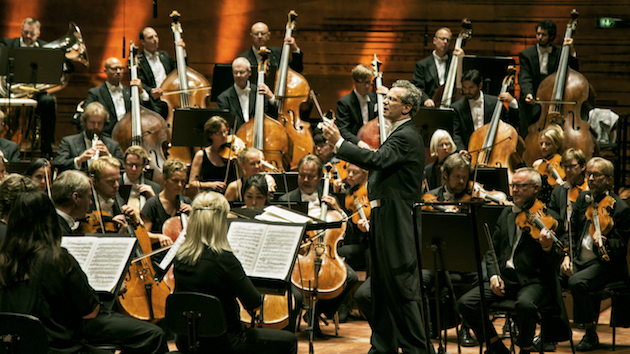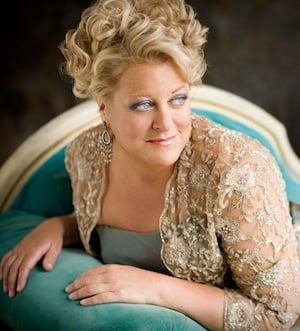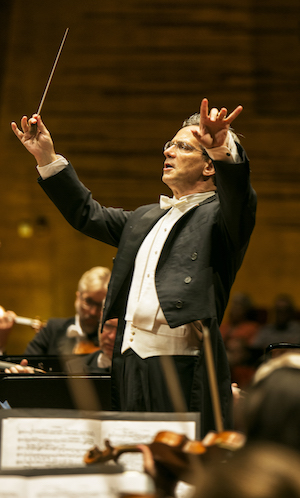
In the final throes of their long, winter months, denizens of Denmark might be craving California sunshine. This might hold especially true for the ebullient Fabio Luisi, who is simultaneously in his last season as principal conductor of New York’s Metropolitan Opera and his first with the Danish National Symphony Orchestra. Together, Luisi and the DNSO embarked on a tour of five California cities, culminating with two performances at San Francisco’s Davies Hall on Sunday and Monday.
Sunday’s performance began with a piece by the “father” of Danish composers, Carl Nielsen. Inspired by long hours of daylight during a trip to Greece, Nielsen’s Helios Overture portrays the rising and setting of the sun. The French horns, clear and strong, were the dawn and resounded again near the work’s end, but ultimately the strings conjured a calm, quiet sunset. Luisi seemed reluctant to let his sonic “sun” fully sink, since the last chord lingered lengthily afloat in his hands, even after it stopped.
There were problems to quibble with, such as slightly misaligned attacks or cadential chords that seemed a bit too loud vis-à-vis what had come before. The music Luisi made with this ensemble was not perfect, but neither was it sterile. On the contrary, it was refreshingly human and brimming with vitality.

Deborah Voigt is also bracingly unafraid to expose her human fallibility. In addition to being one of the most acclaimed dramatic sopranos in the world, she has authored both a memoir and a musical show that chronicle her musical successes as well as serious health problems and other private struggles. Although achieving stardom while maintaining a sense of humility may be rare, both Luisi and Voigt seem to have accomplished it.
For this reason — and because they are both well-versed in the music of Wagner — the two seemed perfectly paired in the Wesendonck Songs. Wagner originally wrote this set of five songs for voice and piano in the late 1850s, and the conductor Felix Mottl (among others) later orchestrated it. The poems are by Mathilde Wesendonck, who was a patron and close friend/possibly mistress of the composer. The texts are trite, but Voigt’s diction impressed even the native German speaker seated next to me.
There were moments from both the voice and the orchestra that sounded slightly anemic. Overall, though, Voigt’s performance was gorgeous, and the interplay between voice and woodwinds in several of the songs was memorably lovely.

After intermission, Luisi was so keen to begin Beethoven’s visionary Eroica symphony that its opening notes mingled with rustles from audience members still settling into their seats. Standout moments included the oboe solo in the funeral march. The wind players rotated positions between pieces, and no principal players are denoted in the printed roster so I am uncertain of her name, but she was impressive throughout the whole symphony.
In Luisi’s hands, the coda of the symphony’s scherzo was fresh, exciting, and unlike any rendition I have ever heard. The finale was also exhilarating and uncommon, characterized by thrilling, dynamic swirls and novel accentuations of punctuating rhythmic motifs.
This energy spilled into the encore, an arrangement of a tune by another Danish composer, Jacob Gade. Though prolific, Gade’s one-hit wonder is a tune known as Jalousie “Tango Tzigane” (Jealousy “Gypsy Tango”). The version performed on Sunday opened with a feisty and impassioned violin solo, and the group performed the whole piece with laid-back ease, suggestive of a familiar staple.
Surely, Luisi and the Danish National Symphony Orchestra will broaden their repertoire of familiar pieces as they continue to work together. And like California’s sunny weather, the outlook for their partnership seems both warm and bright.

